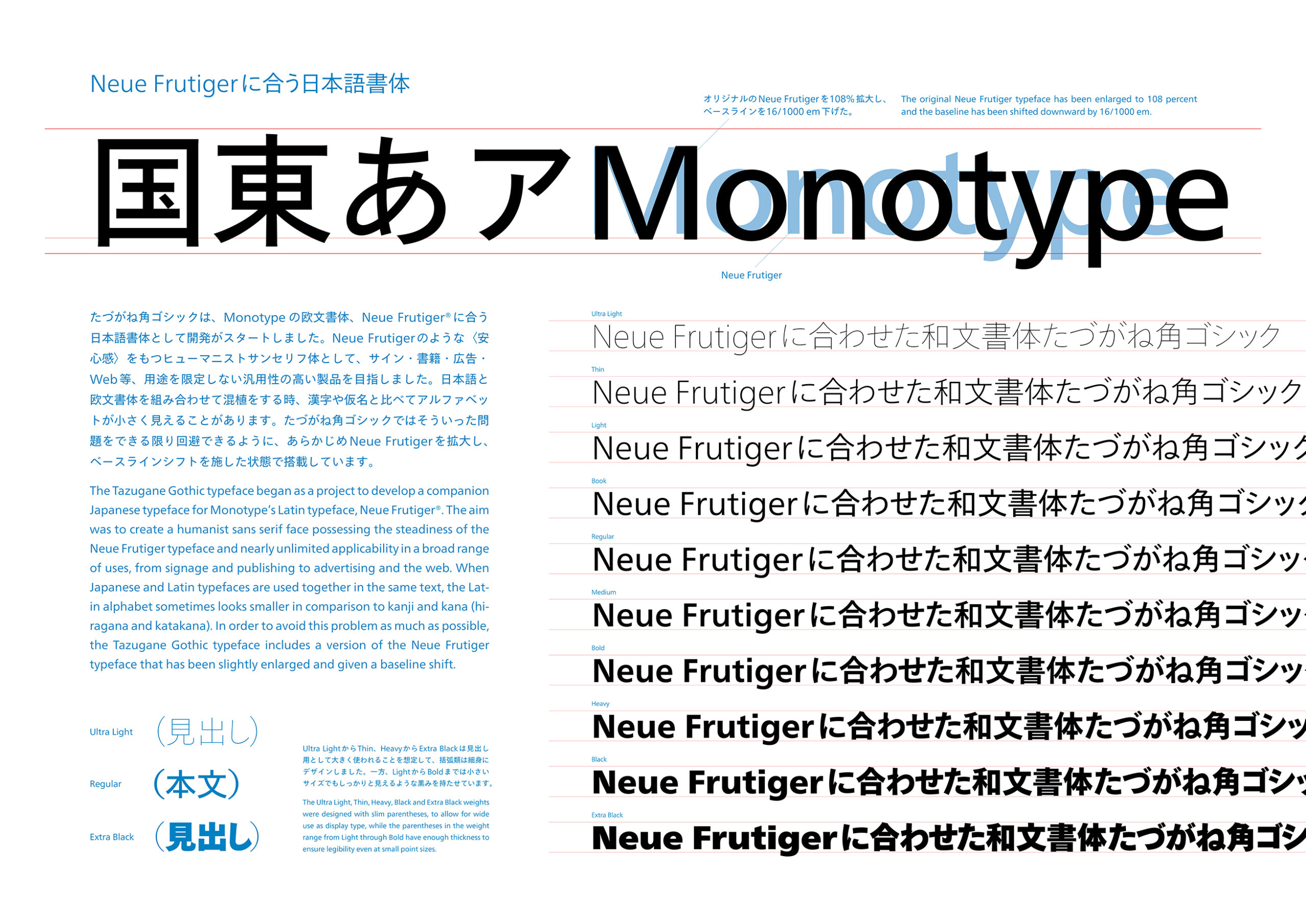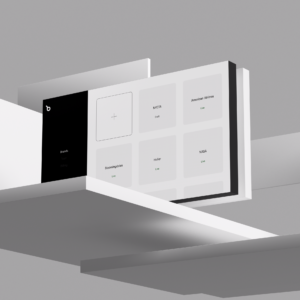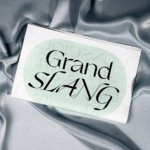A forging of two powerhouses; type and technology specialist Monotype® has announced its planned acquisition of the prestigious Tokyo-based foundry Fontworks™. This follows the increasing global demand for Japanese type design and the growing need for multi-script typefaces for Japanese creative professionals. This will be Monotype’s first acquisition in Japan, whereby Fontworks’ team of 73 designers, engineers, sales, and administrative professionals, along with its impressive type library and its LETS™, Mojimo™, and FONTPLUS™ services, will join the Monotype family.
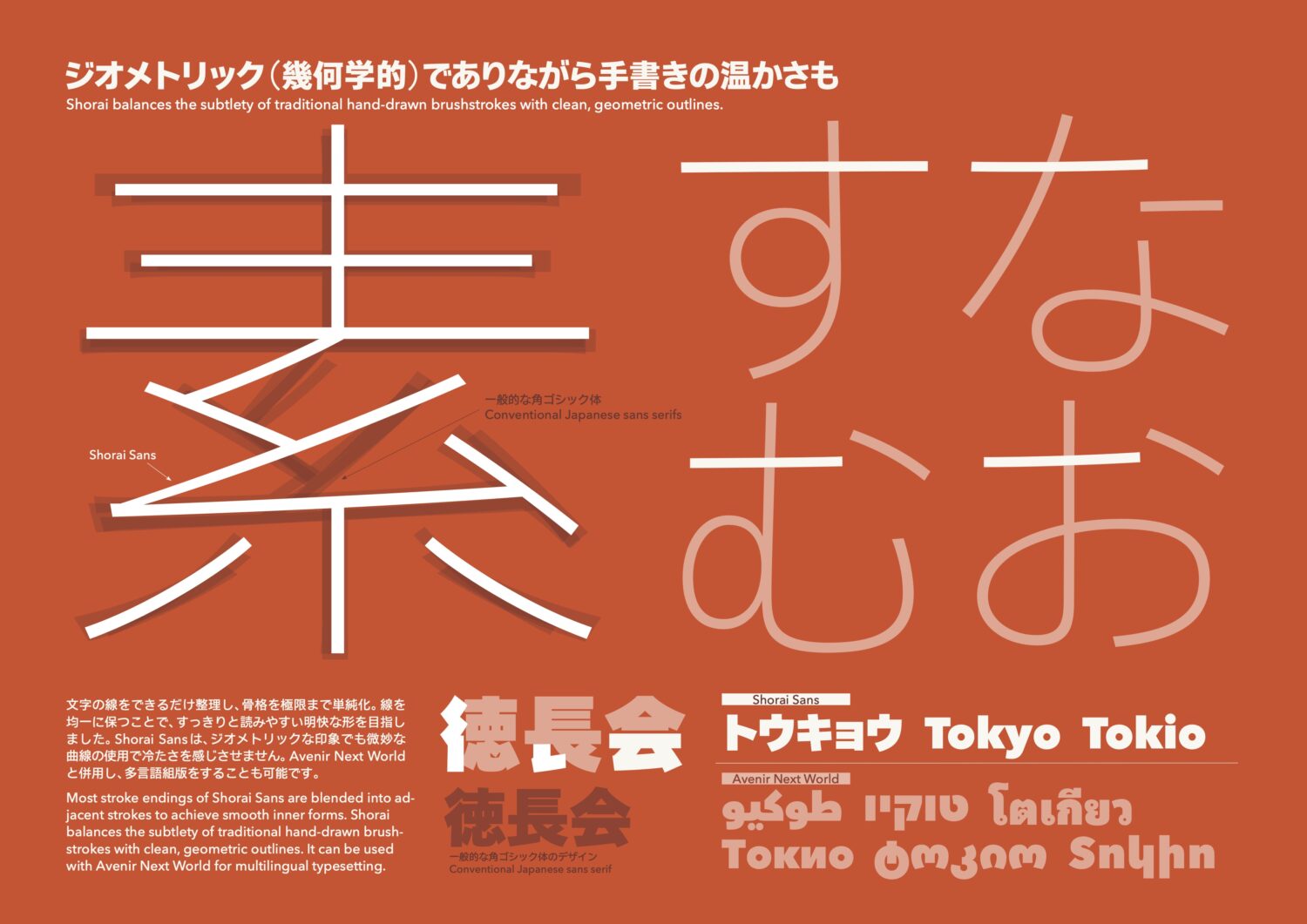
To learn more about the acquisition, we spoke to Akira Kobayashi – 2022 Type Directors Club Medal winner and Creative Type Director at Monotype. Both he and Fontworks CEO Ai Harada have been integral to the acquisition. Here, Kobayashi details his long-standing relationship with Fontwork’s typeface design director Shigenobu Fujita, how the Monotype x Fontworks partnership was born, and what it means for the future of both foundries.
The pair (Akira Kobayashi and Shigenobu Fujita) first met in 1983, when Koyabyashi began his career at Lettering Department in Sha-Ken Co., Ltd in Japan. “From time to time, we talked about many things including music and clothing with which he was fascinated and extremely knowledgeable,” he reflects. Six years later, he left the company to study calligraphy in the UK before returning the following year to join Japanese type foundry Jiyu-Kobo. A few years after that, he delved into freelancing.
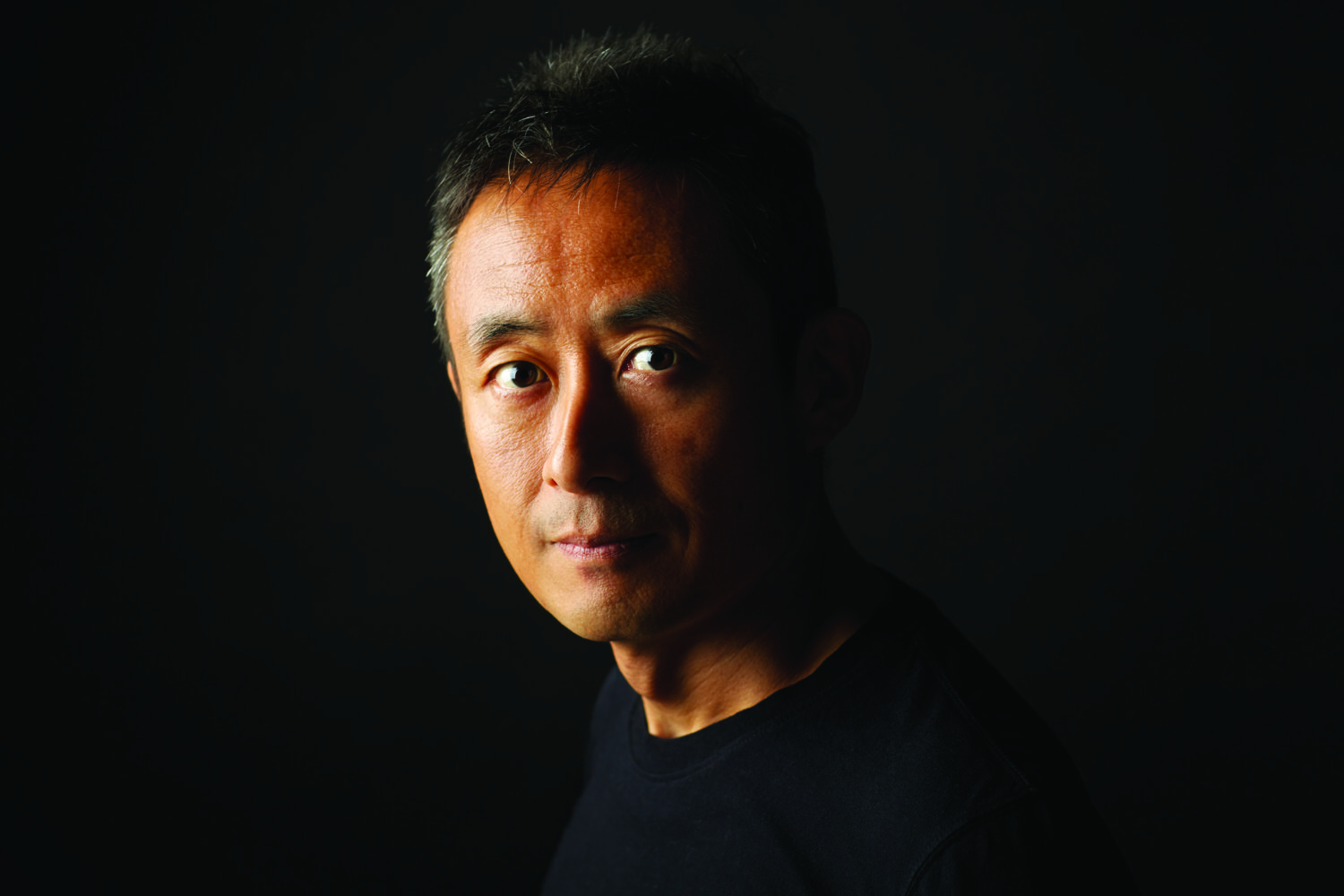
Meanwhile, Fujita left Sha-Ken in 1998 to join Fontworks where he began his own project. This became Tsukushi Mincho, one of the flagships of the foundry. “He invited me to join the project – I think it was in 1999 – so I was one of the outsourcing designers for the development of kanji and Latin glyphs of Tsukushi Mincho,” Kobayashi tells us. “Last year, even before the acquisition became realistic, Fujita-san and I talked about our long-lasting relationship in a two-hour webinar.”
The conversation surrounding the acquisition was sparked many years ago, he explains, thanks to global companies seeking solutions for multilingual communication, including the CCJK languages. “But as you know,” he adds, “the size of the standard character set is much larger than that of Western scripts.”
It’s reflective of a growing marketing push and brand expansion from Global companies into East Asian countries. And, according to Kobayashi, not all of these are successful. “I visit Japan from time to time, and I often see advertisements of Western brands with taglines and messages set in Japanese typefaces which do not express their brand,” he says. “Consumers who are familiar with the language will notice it immediately when the messages and their appearances do not fit together, and they stop and think if the brand or the product is worth trusting – consumers’ perceptions of how brands should look are becoming increasingly acute, and this is not significantly different in the West or in Japan.
To meet the requirements of not only Monotype’s customers but the wider industry, the foundry began to consider acquiring one of the most influential Japanese type foundries: Fontworks.
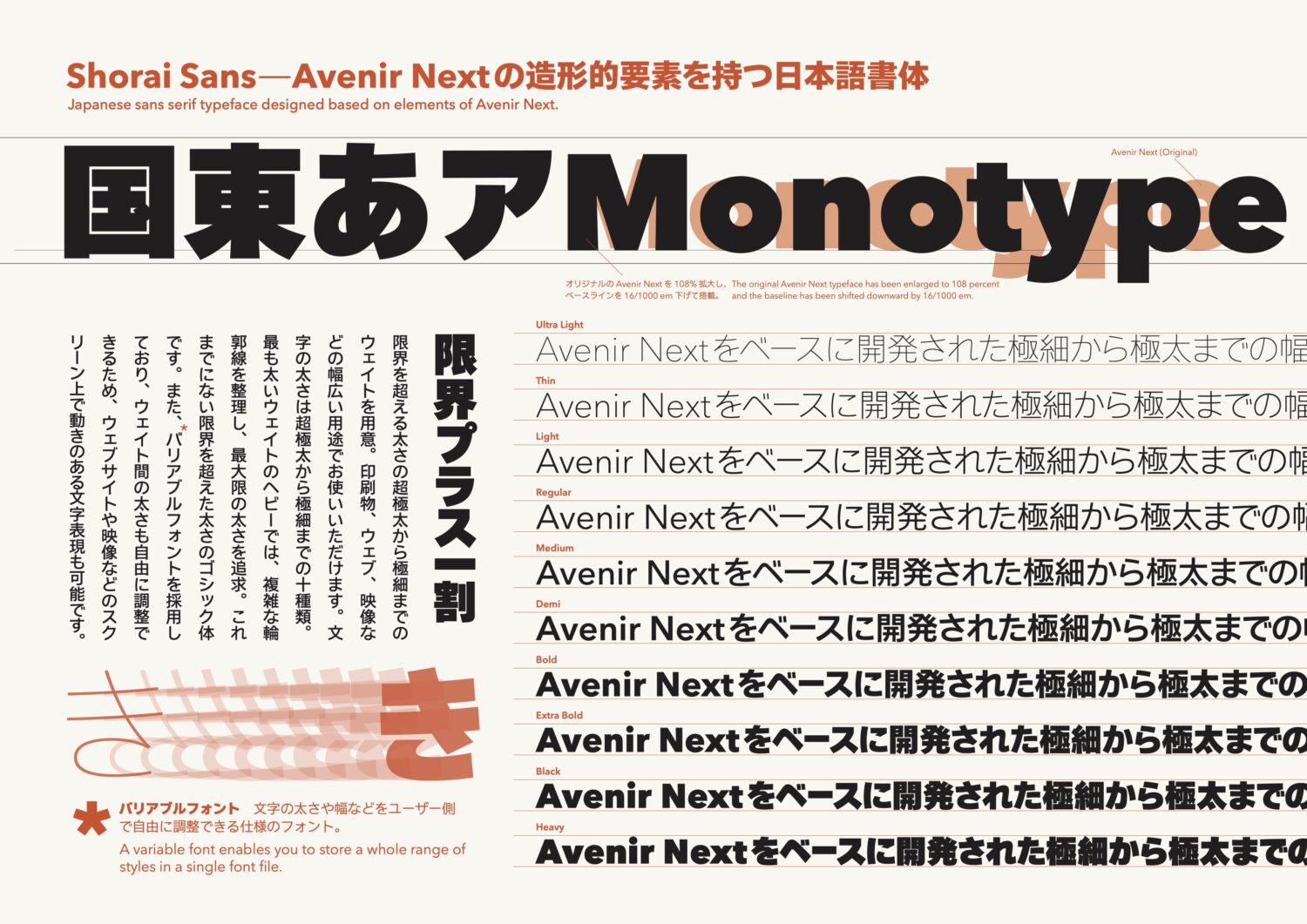
“The addition of Fontworks’ typefaces to our repertoire is a great benefit for our customers,” he says, referring to Fontwork’s impressive inventory of 260 font styles that will become part of the Monotype library. “ I’m sure that many customers who are satisfied with our Latin typefaces will also want to expand the market in Japan. When that need arises, we can provide solutions for them by choosing the right tone of ‘voice’ among Fontworks’ wide variety of top-quality Japanese fonts.”
The Creative Type Director assures us that, despite some initial language barriers, there is plenty being done on both sides to ensure smooth collaboration. “There are already more than a few who speak English at Fontworks, and people at Monotype also try to learn about Japanese culture and customs in a very positive way,” he notes. “Additionally, we are planning to hire bilingual staff to make our communication more efficient. As for time zones, I’m temporarily moving to Japan from September for a few months so that I can support the set-up of some new projects effectively.”
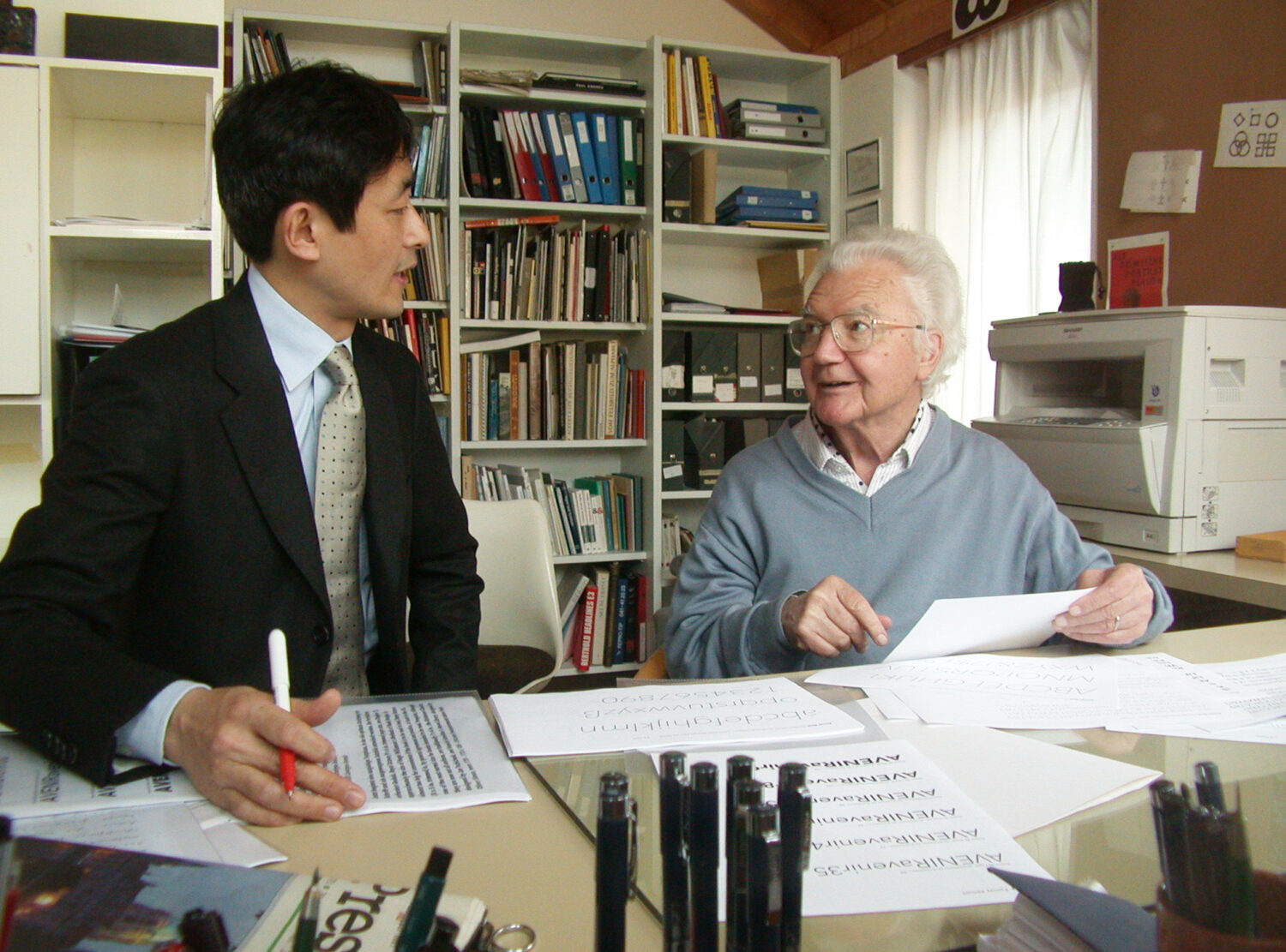
Under Fujita’s supervision, a culture and design approach has bloomed at Fontworks which has been extremely successful. “While carefully preserving these, I hope that our design teams will exchange ideas with each other and that a further new culture will emerge,” The Type Director says. “We’ll start discussing our future projects in September. I look forward to seeing what happens in the coming discussions,” he concludes.
For more type news, click here.

